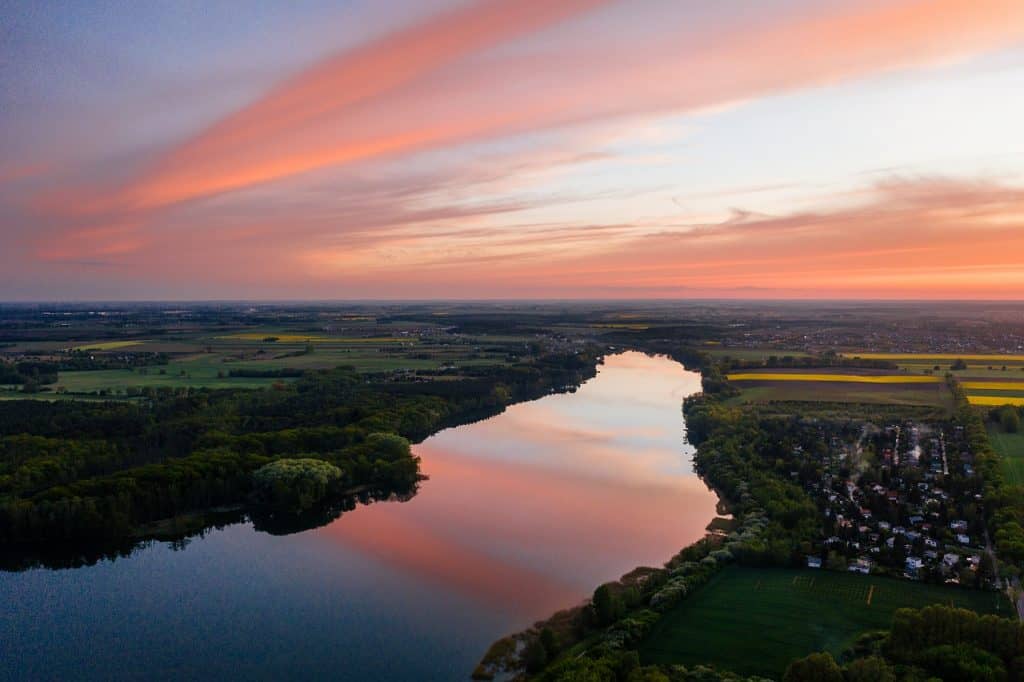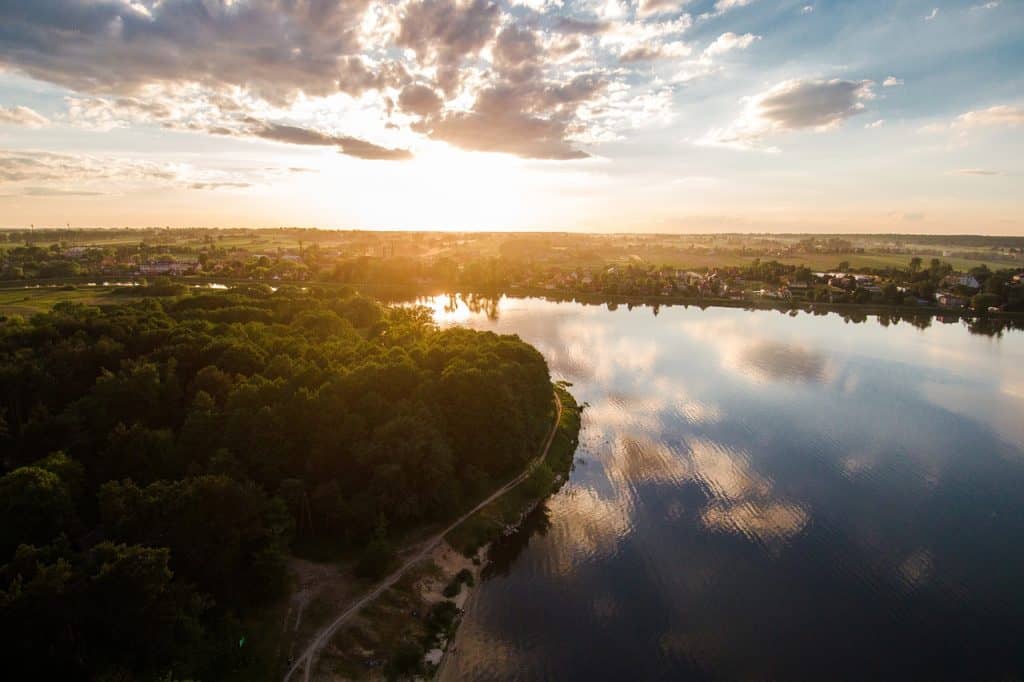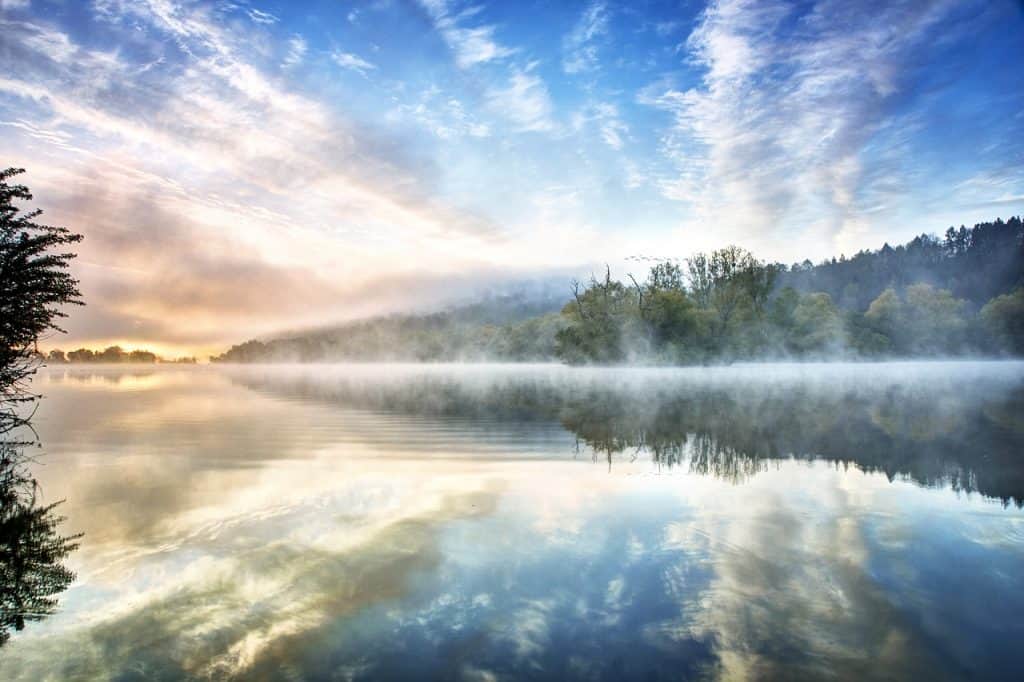Pomeranian Lakeland – the land of lakes
The Pomeranian Lake District is quite a large area covered mainly with lakes, swamps and forests. It covers as much as 11% of the territory of Poland. In addition to beautiful nature, you can also find interesting historical places for everyone. The region consists of three parts:

- The West Pomeranian Lake District stretches longitudinally directly behind the coastal strip. It covers 9,700 square kilometers. The macroregion is divided into seven mesoregions: Myśliborskie Lakeland, Choszczno Lakeland, Ińskie Lakeland, Łobeskie Wysoczyzna, Drawskie Lakeland, Polanowska Wysoczyzna, Bytowskie Lakeland.
- The South Pomeranian Lake District covers the territories between the moraines of the Pomeranian phase in the north, the Toruń-Eberswaldzka ice-marginal valley in the south, the Odra valley in the west and the Vistula valley in the east. It consists of 13 mesoregions: Plain Gorzowska, Lakeland Dobiegniewskie, Plain Drawska, Plain Tuchola, Lakeland Wałeckie, Plain Wałecka, Lakeland Szczecineckie, Plain Charzykowska, Valley Gwda, Lakeland Krajeńskie, Bory Tucholskie, Valley Brda, Wysoczyzna Brda.
- The East Pomeranian Lakeland is approximately the shape of a rectangular triangle, the angles of which are in the vicinity of Gdynia, the vicinity of Nowy, and the vicinity of Damnica Kaszubska. The region is divided into two mesoregions: the Kashubian Lake District and the Starogard Lake District. The macroregion is inhabited by two large ethnic groups, Kashubs and Kociewiacy. The conventional border between Kashubia and Kociewie more or less corresponds to the border between the mesoregions of the Kashubian Lake District and the Starogard Lake District.
Tourist attractions
The biggest attractions of the Pomeranian Lake District are the National Parks:
The most attractive tourist and natural place in the Pomeranian Lake District is Bory Tucholskie. There are not many lakes there, but the forest area is about 261 thousand. Hectares. This park was established on July 1, 1996. Ecosystems of fresh pine forests dominate here. Moss forests with a large share of rare lichen species also occupy considerable areas. Agrotourism and ecotourism have developed in Bory Tucholskie. Although Bory Tucholskie covers quite a large area, they are very often visited by tourists not only eager for nature views, but also those willing to visit various monuments. Most of the area of Borów is covered by various forests which are crossed by two rivers and smaller streams. For those who want to explore this area on foot, the Old Polish Yew reserve or hiking trails adapted for Nordic walking are recommended.
Drawieński National Park. The park was established in 1990. One of the main reasons for establishing the park was the need to protect particularly valuable sections of the Drawa and Płociczna rivers with the surrounding forests. Drawa (40 km in the park) creates spectacular gorges and gorges along its entire length. The other, eastern arm of the park is delineated by the Płociczna river, similar to Drawa.
The Warta Mouth National Park is located in the historic delta of the Warta estuary to the Odra River, in the Lubuskie Province. Its area is one of the most important breeding grounds for water and marsh birds in Poland.


